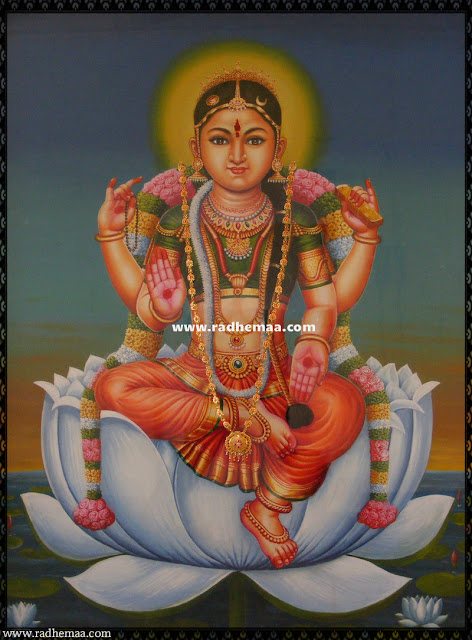Joins hand with The Lions Club of Mumbai
 Mamtamai Shree Radhe Guru Maa in
association with The Lions Club Mumbai has conducted a “Mega
Medical Camp” in Mumbai to provide free treatment and medicines to
the local populace. The medical camp is an extension of Mamtamai Shree Radhe
Guru Maa’s humanitarian assistance services to help Mumbaikars stay
fit and healthy.
Mamtamai Shree Radhe Guru Maa in
association with The Lions Club Mumbai has conducted a “Mega
Medical Camp” in Mumbai to provide free treatment and medicines to
the local populace. The medical camp is an extension of Mamtamai Shree Radhe
Guru Maa’s humanitarian assistance services to help Mumbaikars stay
fit and healthy.
Dental, medical, eye and ENT (Ear/Nose/Throat) staff are positioned at
the camp to provide treatment and educate people on the prevention from
diseases, personal hygiene and sanitation of living areas. Mamtamai Shree Radhe Guru Maa believes
that keeping the body in good health is our duty... otherwise we shall not be
able to keep our mind strong and clear. Therefore, with an objective of “Healthy India”, Mamtamai Shree Radhe
Guru Maa along with this initiative prays for the well-being of everyone.
 Small clinical areas at Mumbai’s local stations have also been set up for
blood tests, dental and eye check up. So far, about 1,000,00 Mumbaikars have
been treated which include a large number of men and women.
Small clinical areas at Mumbai’s local stations have also been set up for
blood tests, dental and eye check up. So far, about 1,000,00 Mumbaikars have
been treated which include a large number of men and women.
For the record, Radhe Guru Maa’s darshans are held every alternate
Saturday at the Radhe Maa Bhavan in Borivali. This does not include any fee and
open to all.
Join us to make a difference!
Dear devotees,
one of the best ways you can make a difference in the lives of those
in need is to support our cause! We will keep you posted on how you can follow
Shri Radhe Maa’s initiative of service to the society.
Note -
The Gupta family holds a 'Bhakti Sandhya' every 15 days, which is open to all devotees free of cost.
It is a religious gathering at Radhe Maa Bhavan, organised to worship Maa Jagdambe. Lord Shiva and other deities are honored with prayers and bhajans. It involves ritual worship (puja), bhajan (singing of devotional hymns), prasad (grace in the form of a gift from Mamtamai Shri Radhe Guru Maa) and langer (communal meal) followed by darshan of Mamtamai Shri Radhe Guru Maa.
All are welcome to attend Next Bhakti Sandhya and to take divine darshan of Mamtamai Shri Radhe Guru Maa, which is on October 20, 2012 from 8pm onwards (IST). For more details call on +91 982 096 9020
Log on to www.radhemaa.com for more information.
Follow 'Shri Radhe Guru Maa' on
Please note
The views expressed in this article and others published in this space are being made public as an act of thanksgiving for the wonderful presence of Mamtamai Shri Radhe Maa’s miraculous grace in the lives of her devotees.
Shri Radhe Maa has no role as such in writing, editing or publishing these articles. We request readers who have queries, doubts or feedback to address their messages to Sevadar Sanjeev Gupta on sanjeev@globaladvertisers.in call him on 9820082849.


















